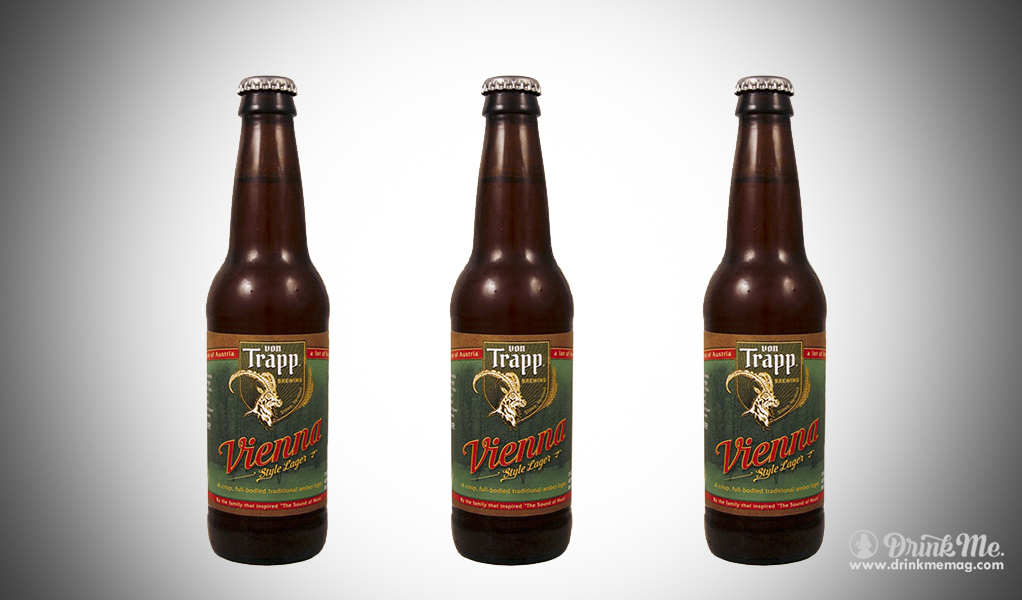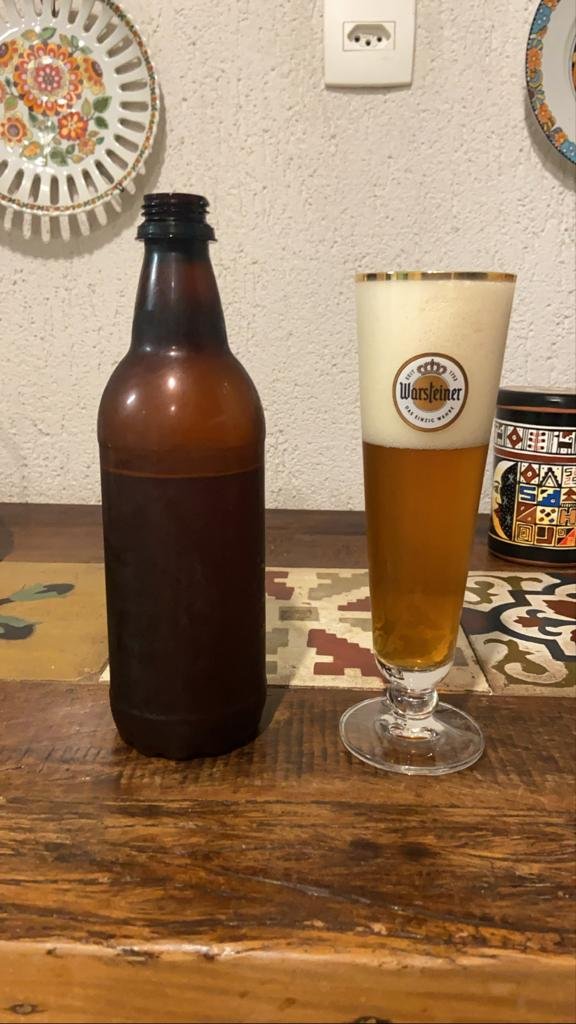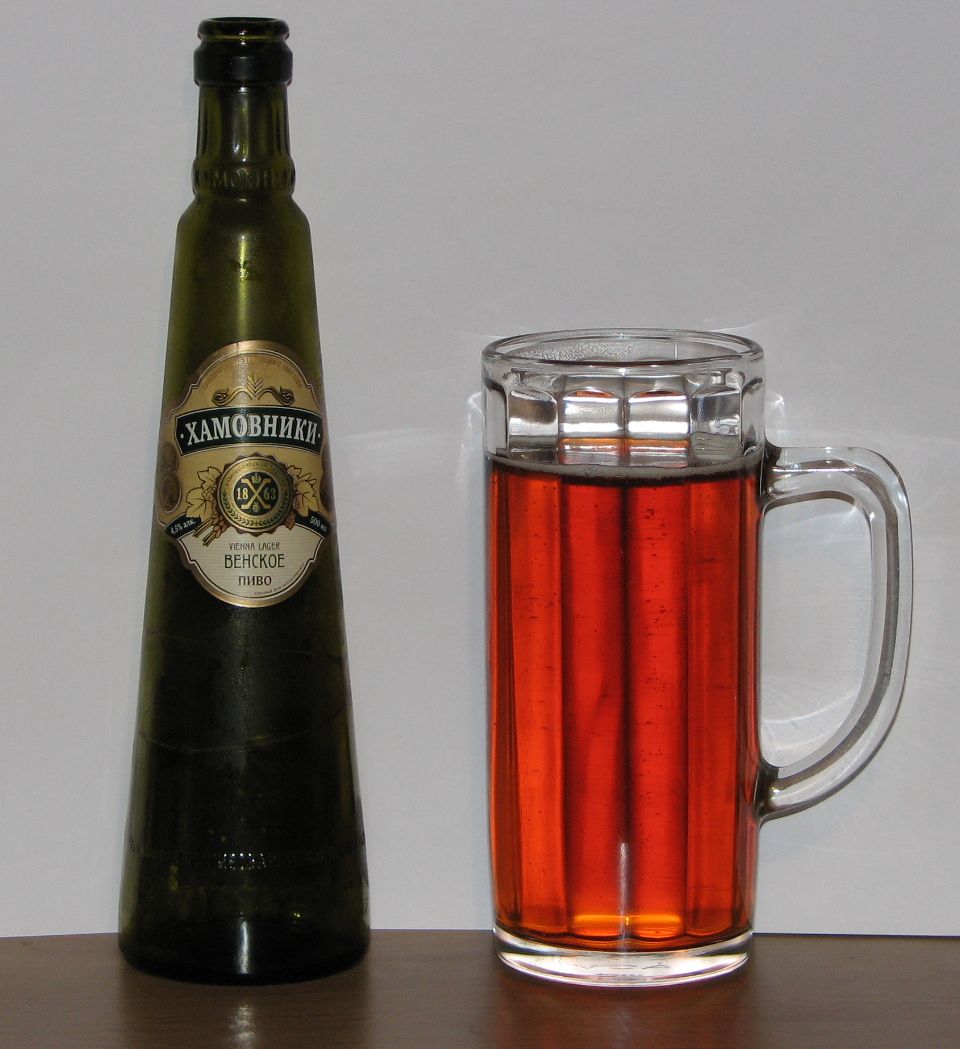

In recent decades even the authentic Vienna lager has found a new bastion of burgeoning fame among the American craft beer movement. In 1926, Cerveceria Modelo opened in Mexico City and soon it was producing its own adjunct-laden example of the style, Negra Modelo. Adjunct cereals, especially corn, started making up more and more of the grain bill, creating a beer with far less of the defined but delicate malt backbone found in the original examples. But, it would be Mexico that kept the style alive, even as it changed it. Other iterations of the Vienna lager style would make an appearance and have great popularity in post-prohibition America. Of these brewers, a man named Santiago Graf seems to have had the largest influence. His reign was short and, ultimately, ended with his execution by Mexican forces, but the 3 years he was in power brought an influx of European brewers. The invasion and subsequent occupation brought about the Second Mexican Empire, and installed Maximilian I, from the Austrian Royal House, as a puppet ruler. In 1861, Napoleon III invaded Mexico after President Benito Juarez refused to continue to pay interest to European powers. But an earlier fortuitous migration of Austrian brewers had already set the style to blooming on another continent. World War I left Austria in economic tatters and Vienna lager, its popularity already fading, completely disappeared from its mother country. The Munich Märzen is slightly sweeter on the finish, carries less of a hop presence, and is generally slightly higher in alcohol. Though not quite so simple, it does illustrate how closely related the two beers are.


The two beers have very similar, to the point of being expected, idea among many brewers that to make a Munich Marzen out of a Vienna lager recipe really all that is required is to switch the Vienna malt for Munich. Also, Sedlmayr decides to market the new beer as “Marzen gebraut nach Wiener Art,” or “March beer brewed in the Viennese way.” These two pieces of information seem to indicate he may have been imitating these earlier Viennese Märzens and it was only his new malt, and maybe the times, that made his beer famous instead of these earlier Viennese renditions. Not to be outdone he, too, combines his new malt with lager yeast and the well-known Munich Märzen is born.Īccording to research done by Ray Daniels for his book Designing Great Beers, Märzen was a term first used in Vienna, not Munich, to describe beers made in March and then cellared in caves. His creation is a malt kilned to a slightly higher degree. Meanwhile, Sedlmayr is doing his own experimenting with hot air kilning. He releases the beer in 1841 as “Lager Vienna Type” or Vienna style lager. He calls it Vienna malt and promptly combines it with lager yeast, brewing a reddish-copper lager with a delicate slightly bready malt profile. Using his newly gained knowledge, he starts experimenting with the English way of kilning and creates an amber malt that is just slightly caramelized.

They take what they learn, legally and illegally, back to their respective home cities and in 1836, Dreher takes his place at the head of his father’s brewery. It seems they may have even gone as far as stealing samples of wort and yeast from some of the breweries for later analysis. But by the early 1800s, the British are refining a way to dry malt using hot air instead of direct heat, imparting a lighter color to the malt and a more delicate profile.ĭreher and Sedlmayr learn of this new technology while visiting English breweries. Up to end of the 1700s malt was kilned directly over fire, creating a malt dark in color, with a strong toasty, sometimes smoky, profile. Somewhere along their travels the two meet, become good friends, and even make much of their remaining travels together.Īt this time, early in the 1830s, a new kilning technology has come into use in England.
#BEST VIENNA LAGER SERIES#
So he undertakes an apprenticeships journey, visiting a series of breweries around Europe.Īt the same time another young brewer, Gabriel Sadlmayer II, son of Gabriel Sadlmayer, owner of Spaten Brewing Company, is also making the same journey of learning. Instead, the late 1820s finds Anton starting his brewing education in anticipation of taking over the brewery at a later time. In 1820, Franz Anton Dreher dies leaving the Klein-Schwechat Brewery to his ten-year-old son, Anton Dreher but Anton is too young to take over operations.


 0 kommentar(er)
0 kommentar(er)
